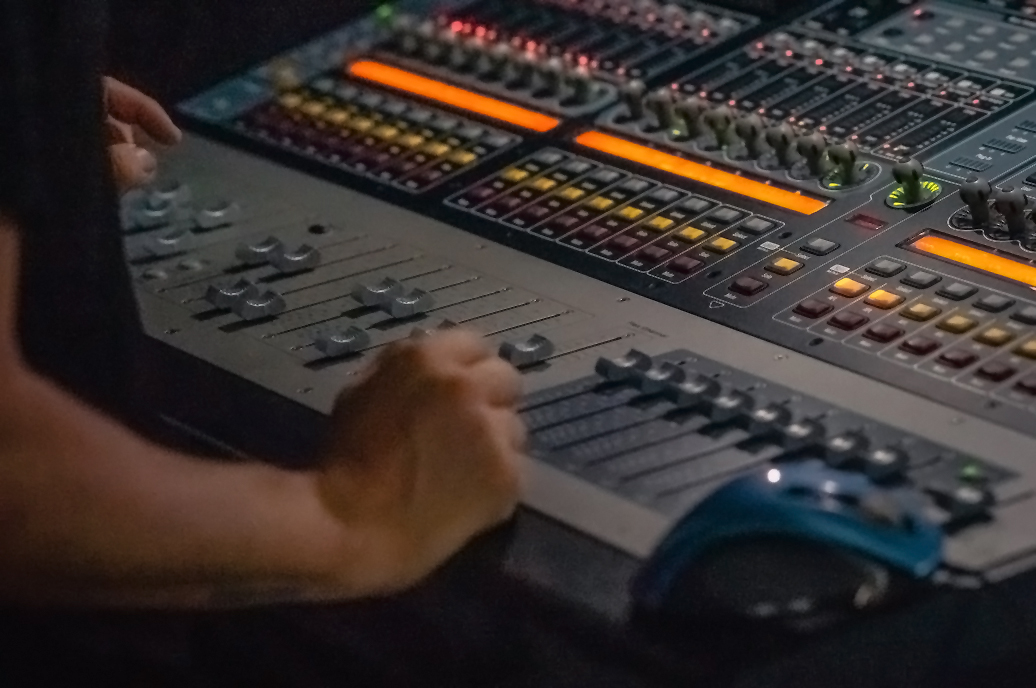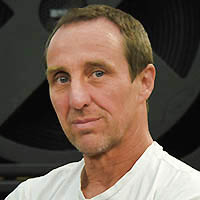Mixing sound in the live realm is not rocket science. In fact, it’s probably closer to voodoo. A studio engineer creates a masterpiece that will (hopefully) live forever in permanent hard copy existence. But the very nature of a live mixing dictates that every show will be unique – and that none will be perfect.
A front of house engineer is in the business of creating a memory. Impact, excitement and anticipation form the landscape of the journey you’re guiding the audience through. Perception is everything.
“That was the most amazing show I’ve ever heard!” When someone walks out of a concert saying this, is it accurate?
Are they referring to fidelity, tonal balance, and mix perfection? Or is it possibly the impact, anticipation, and excitement that affected them in an emotional way?
We can’t force the audience to have fun, but we can make sure the audience hears the most important aspects of the music while doing our best to mask and acoustically downplay any negative issues that arise.
Imagine mixing a show with the utmost finesse, articulating a series of precision and complex cues, and then an irritating knucklehead from the audience leans over the console and says, “Hey man, can’t hear the keyboard.”
My first thought is to strangle the annoying punter. He obviously knows nothing about the intricacies of mixing or he’d be behind the console, right? Well, maybe not. Sometimes as engineers we get so wrapped up in displaying the depth of our skills that we forget exactly what is most fundamental and important.
Have you ever heard an engineer fumbling with effects while the mix sounds tragic? Don’t kid yourself – 95 percent or more of the audience has no idea and really does not care whether you used a macro-pristine-ultra-chamber or a $20,000 tube comp on each of the 12 vocals.
What they do care about:
—Can they hear the vocals?
—Can they also hear the vocals?
—Can they hear everything else?
—Does it capture their attention, take them to a state of bliss, happiness, rage, or whatever direction that particular music is supposed to take them, so they can stop worrying about whether they can hear the vocals?
No matter what goes wrong sound-wise during a live performance, if it’s noticed from the audience perspective, then the problem belongs to the house engineer. There are no excuses.
Here’s the important point for engineers: “NOTICE.”
Example:
The show starts and all seems good, but then I realize there’s no guitar microphone in PA left. I can immediately turn it on and “fix” the problem, also thereby instantly letting 10,000 people know about the goof.
Or, I can slowly pan the guitar mic to center, then left, and back to center. If I dialed it up correctly, then for the next song the odds are that the problem has now actually become a cool guitar effect. It’s not about hiding mistakes; it’s about giving the audience the best show possible.
“That snare sound is my sonic signature!” Yes, someone did tell me this once, and yes, it’s got to be one of the most irritating things I’ve ever heard.
If the audience is focused on the way we mix, we’re fighting an uphill battle. I realize that there are many situations where the sound engineer is an integral part of creative process of the show. But the point remains – don’t muck with the frill until the basics are dialed in.
It all comes down to this: drawing attention to the mix, rather than the performers on stage, is often good for the ego. But it can be bad for the career.















